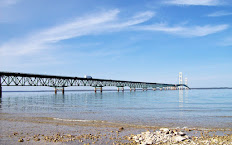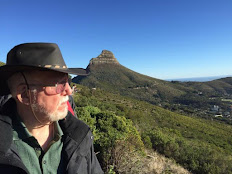By Steve Garske, invasive plant specialist for GLIFWC*
ODANAH, WIS. -- Humans have been using biomass ever since they figured out how to make a fire. And for most of human history this strategy worked quite nicely. But the landscape is changing fast. The rush for new sources of energy is on, driven by declining oil and gas reserves, increasing reliance on imported fossil fuels, rising energy prices, and the risks of global climate change. In an attempt to address these serious issues (or cynically capitalize on them, as the case may be), some politicians and corporate "leaders" have been touting "biomass" and "biofuels" as solutions. ...
Click here to read the rest of this well documented article published recently in the Winter 2010-2011 issue of Mazina'igan.
Mining updates from GLIFWC*
Click here to read, in this same issue of Mazina'igan, the article "Base metal mine development activity in the ceded territories," by John Coleman and Esteban Chiriboga, GLIFWC staff. The article includes maps showing metallic mineral leases and exploration boreholes in the ceded territories in Michigan, Wisconsin and Minnesota.
*The Great Lakes Indian Fish and Wildlife Commission (GLIFWC) represents eleven Ojibwe tribes who reserved hunting, fishing and gathering rights in the 1837, 1842, and 1854 Treaties. As a tribal resource management agency, GLIFWC strives to provide opportunities for tribal members to exercise treaty rights during well-regulated, off-reservation seasons throughout the treaty ceded territories. Visit their Web site at www.glifwc.org.
Subscribe to:
Post Comments (Atom)

































































































































No comments:
Post a Comment